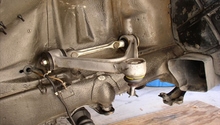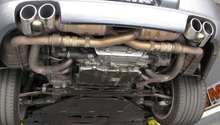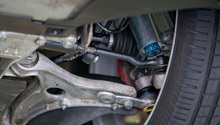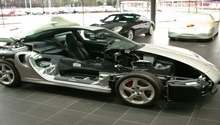Porsche 928: Why is My Front Suspension Clunking?
Do you suddenly have a clunking noise coming from the front end of your car? This article will help you diagnose and correct the problem to get you rolling smoothly again.
This article applies to the Porsche 928 (1978-1995).
Noisy suspensions generally mean that you have worn or damaged parts. But where do you start to look? Certain kinds of noises can indicate different kinds of problems. The sort of noise you hear and when it is occurring can provide clues as to what part might be the culprit. Keep reading as this article will help you diagnose the problem, and eliminate the pesky noise.
Step 1 – Check your bushings
Worn or cracked bushings can cause clunks, squeaks, and squeals when driving over various road surfaces. You may also hear a heavy clunk when turning the steering wheel in either direction, or feel a pull or drift when driving in a straight line. There are many ways to check for bad bushings. Check your tires for abnormal wear or scalloping. Look at the bushings located at the top of the shock/strut towers, and inspect them for damage. Also, check the bushings at either end of the sway bar underneath the car to see if they are cracked, flattened, or crushed.
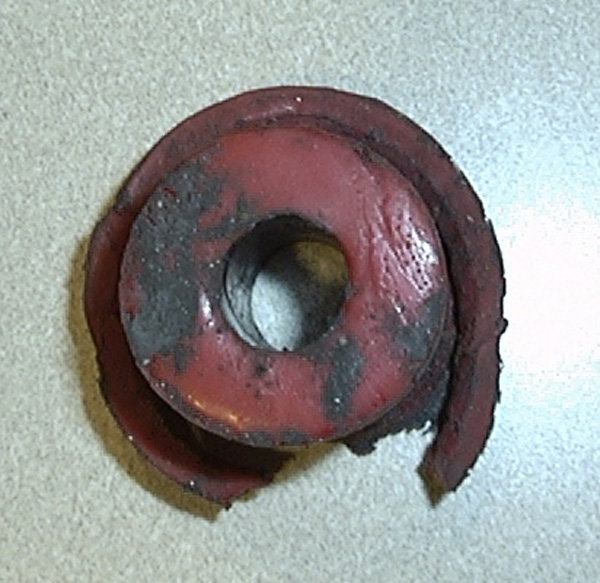
Step 2 – Check upper control arm bolts
Loose upper control arm bolts are a common issue with any type of car. Check the bolts, and make sure they are torqued to proper specs. If your bolts continue to come loose, you might have a bad alignment as well. Excessive vibrations caused by a bad alignment can cause the bolts to loosen as you drive over time.

Step 3 – Check your ball joints
Bad ball joints can cause banging, clunking, or popping noises of varying degrees of loudness depending on how worn they are. These noises generally occur when driving over bumps or dips, or when turning in either direction. Worn ball joints also cause vague and wandering steering, a pull to one side or a darty, loose feeling in the steering wheel, as well as uneven tire wear. To check your ball joints, jack the car up and place it on jack stands. Grab the top as well as bottom of each wheel/tire one at a time, then push it in and out. If the wheel moves easily and/or makes noise while doing so, you likely have a bad ball joint.
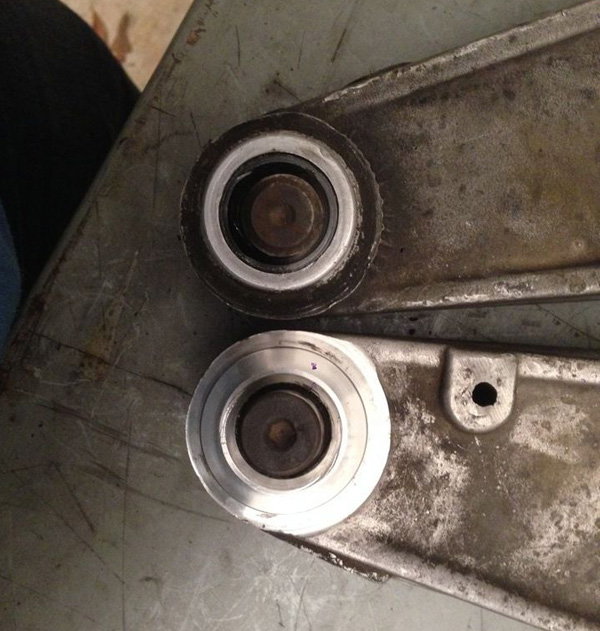
Related Discussions
- Front Suspension Clunk Resolved - Rennlist.com
- Front Alignment Issue Clunk Update - Rennlist.com
- Clunking Sound Accelerating and Braking - Rennlist.com


